Flood‑proof living: Meet Dhaka’s floating ‘Swapner Bari’
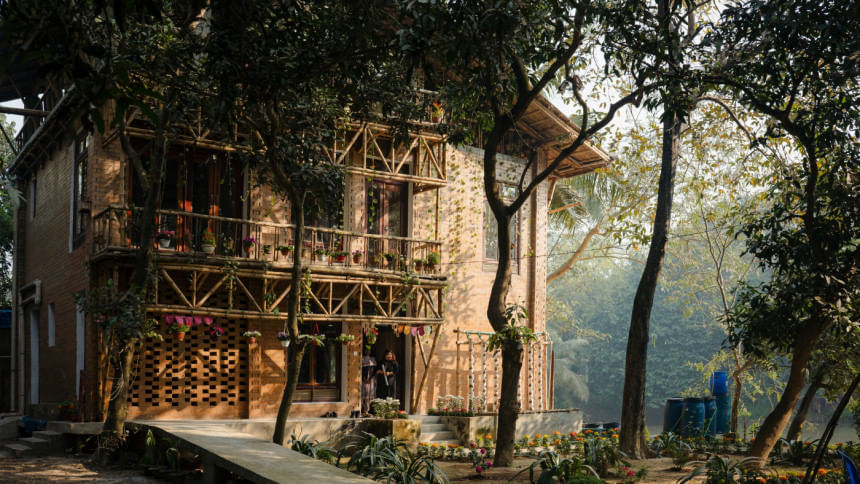
From heartbreak on the Teesta's banks to a globally recognised innovation on Dhaka's riverfront, Dr Nandan Mukherjee's amphibious house, Swapner Bari, is a climate-resilient home. This is the story of how one tragedy inspired a sustainable, affordable solution for a nation facing rising waters.
"It was a regular Sunday. Water had risen to waist level inside my house. While cooking, I heard a splash — realising that my child had fallen into the water, I jumped in to search, but it was too late," recalled a woman living by the Teesta River. Her husband later left, blaming her for the loss.
When Dr Nandan Mukherjee, the Climate Change and Adaptation lead, UNESCO Centre for Water Law Policy and Science, at the University of Dundee, UK, heard her story, he wondered why there was not a safer option available.
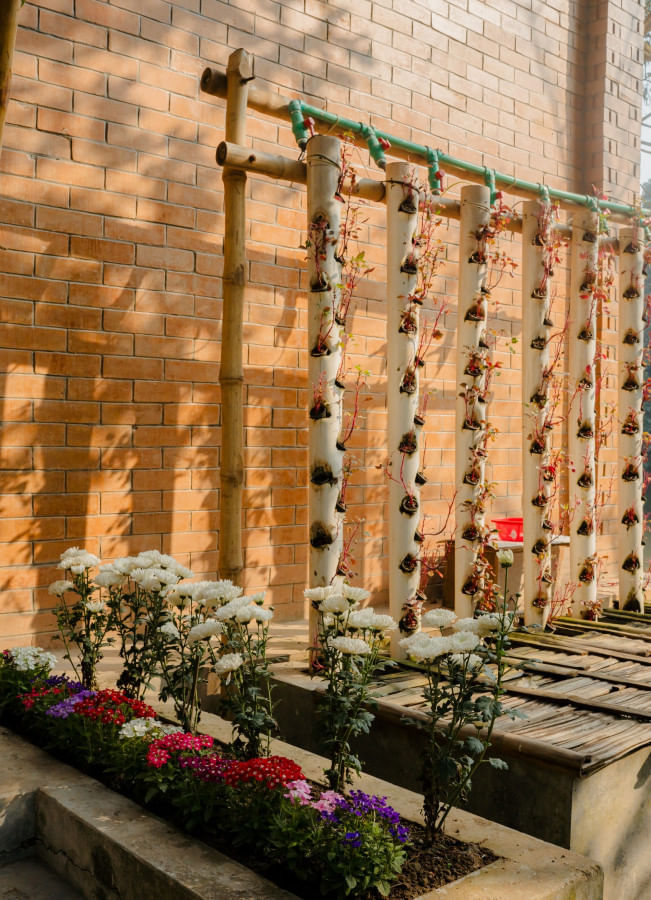
"I couldn't process the grief and move on," he recollected, "I had two choices: either let time fade the pain or do something about it. I chose the second path," continued the former Director of the Centre for Climate Change and Environmental Research at BRAC University.
Over the next two years, he and his team worked closely with local communities, hosting co-design workshops and prototyping a bold solution. The result was an amphibious, disaster-resilient home, lovingly named 'Swapner Bari' or 'The House of Dreams' by the locals.
In 2019, it was recognised globally with the UN's Coastal Resilience RISK Award. It was a collaborative effort of the University of Dundee, BRAC University's Centre for Climate Change and Environmental Research (C3ER), and Resilience Solutions.
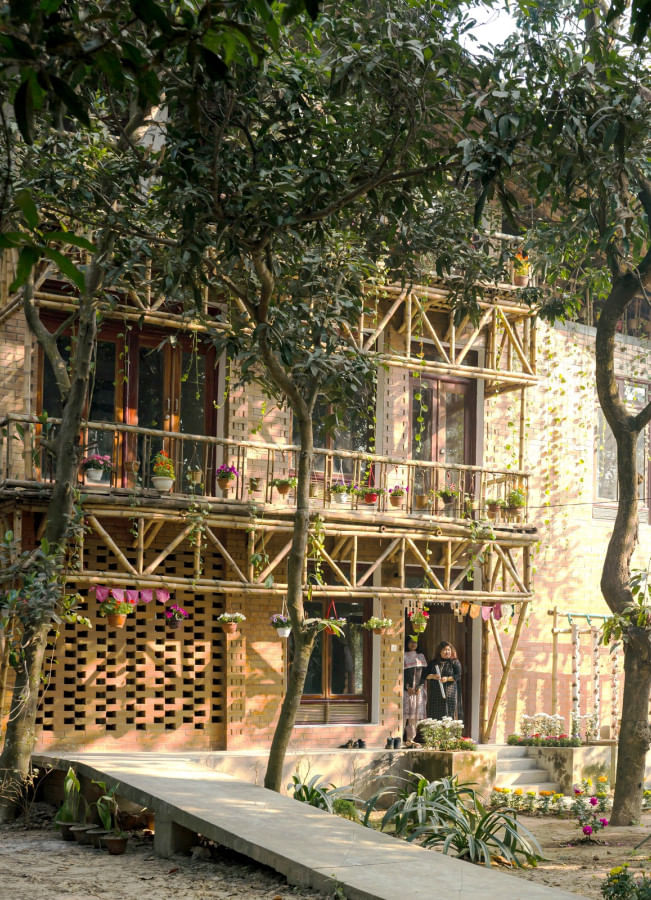
A climate-smart home that floats and grows
The amphibious house is located at Uttarkhan, Dhaka, along the banks of the Balu River. From the outside, it is a modest home nestled in lush greenery. Beneath its simplicity lies an architectural innovation, designed to withstand floods, severe storms, and even earthquakes up to magnitude 8.
Made primarily of low-carbon bricks, the house is a quiet retreat from the chaos of the city. The indoors are lit with ample sunshine coming from the wooden-framed windows and display meticulous bamboo work.
According to Dr Mukherjee, an amphibious house stays on land in dry seasons and floats when needed. "The floating system works on Archimedes' principle. The structure sits on a buoyant platform made of bamboo, recycled barrels, or sealed flotation drums, while vertical posts ensure lateral stability."
The house only floats when flooded; otherwise remains stable like a regular home.
"From that mother's story, who lost her child, we learned that she lacked electricity, communication, emergency help, and safe sanitation — the basic lifeline services," noticed Dr Mukherjee. To respond to these needs, this house is designed to grow food with aquaponics and indoor farming units, supplies clean water and solar power, treats waste and provides dry sanitation.

Tackling the rising temperature
Instead of depending on machines, the amphibious house uses natural ways, such as light, shade, and airflow, to resist heat. The house features low-carbon bricks, which are 50 per cent stronger than regular bricks and emit 75 per cent less carbon.
"This means the house can withstand earthquakes, storms, floods, and fire, while also staying cool without relying on electricity," observed Dr Mukherjee.
In other words, the house is built to remain cooler in summer and warmer in winter, ensuring utmost comfort for its users.
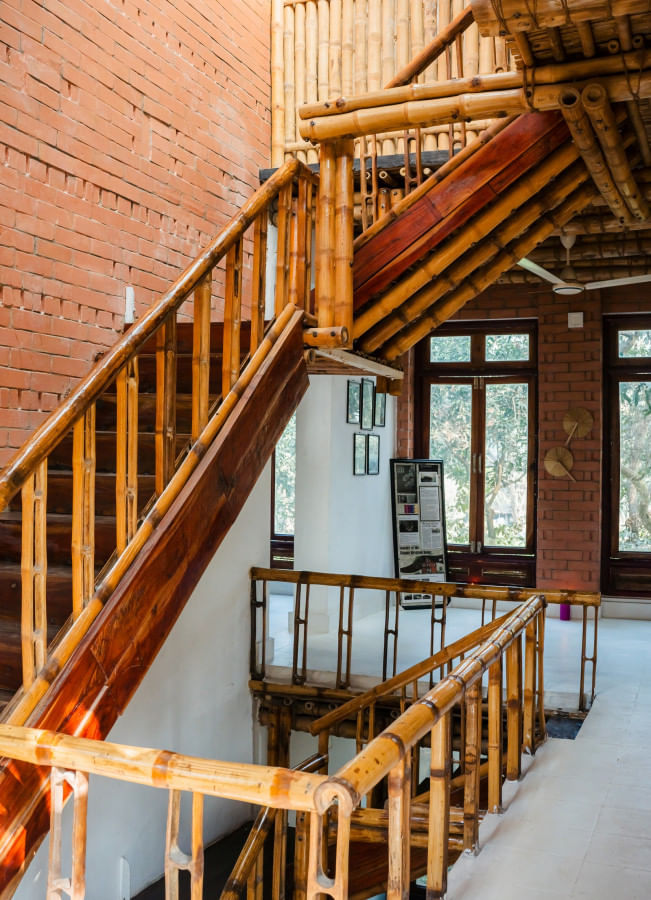
Building for a greener, smarter and affordable future
According to Dr Mukherjee, the amphibious house is more affordable than many traditional homes in Bangladesh, considering its safety measures, reduced emissions and longer lifespan. The cost of amphibious houses ranges from Tk 5 lakhs to Tk 25 lakhs, depending on their sizes.
No wonder this house is more than just a place to live. Its ability to generate food, clean water using renewable energy makes it a net-zero building — one that actively supports 13 of the 17 United Nations Sustainable Development Goals.
Currently functioning as a research and demonstration facility rather than a private residence, the amphibious house stands as a smart and practical solution for flood-prone regions. Open to academics, policymakers, and the public, it showcases what climate-resilient living can look like — right here in Bangladesh.
As Dr Mukherjee summed it up simply, "The answers are here; we just need the courage to adopt them."
Photo: Centre for Climate Change and Environmental Research

 For all latest news, follow The Daily Star's Google News channel.
For all latest news, follow The Daily Star's Google News channel. 

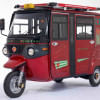


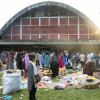



Comments